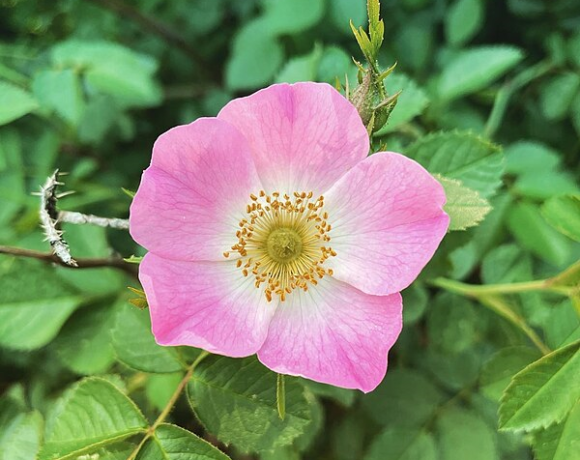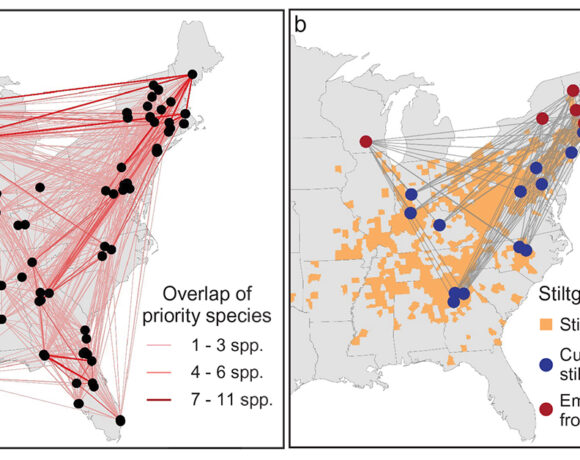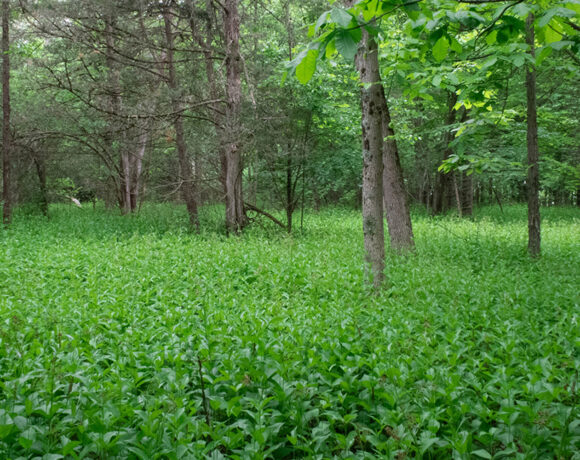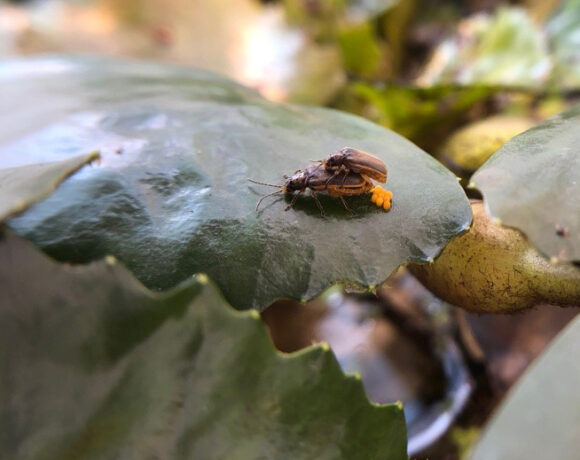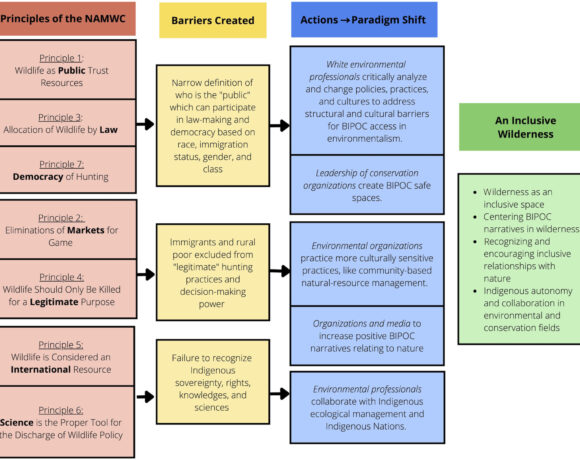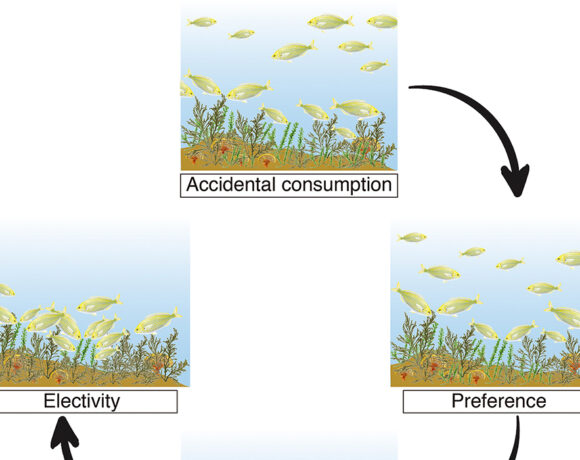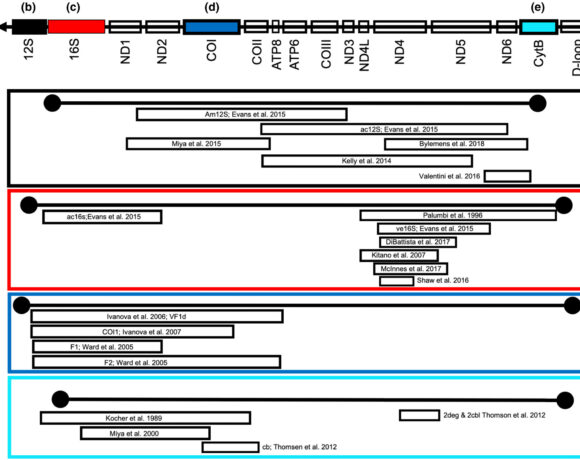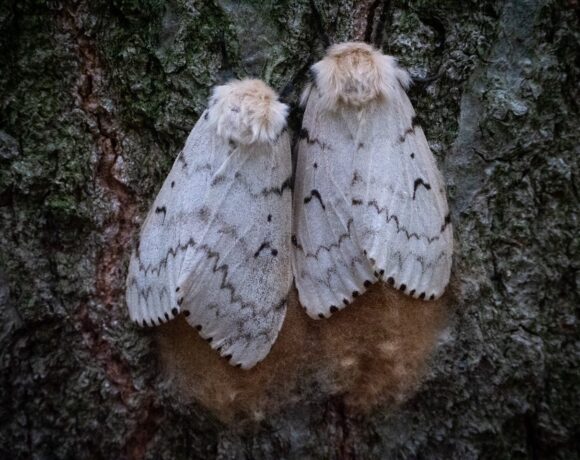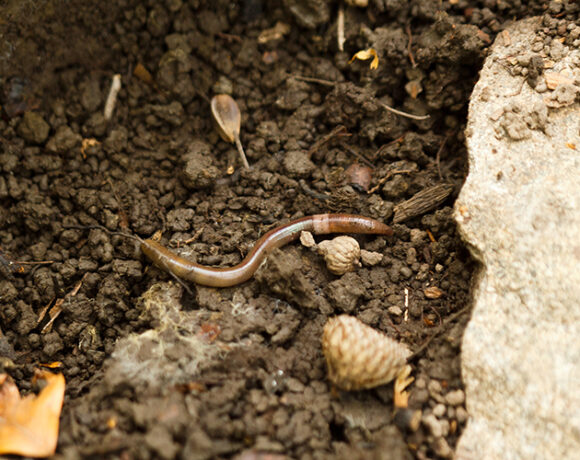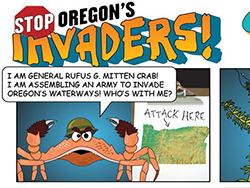Missed signals: Invasive species noise disrupts native species communication
Hopkins, J.M., Edwards, W. & Schwarzkopf, L. Invading the soundscape: exploring the effects of invasive species’ calls on acoustic signals of native wildlife. Biol Invasions 24, 3381–3393 (2022). https://doi.org/10.1007/s10530-022-02856-w
Summary written by Justin Dalaba, edited by Audrey Bowe
Invasive species vocalizations may be a significant avenue for competition among species. This thought-provoking article gives a glimpse into the potential effects of invasive species disrupting a soundscape.
Summary
The way sound is transmitted and received between species can influence critical behaviors, such as mating, eating, and avoiding being eaten. The effects of novel anthropogenic noise on animals has been extensively studied. However, limited research has been devoted to the impacts of invasive species vocalizations on native species. This thought-provoking article gives a surface scan into the potential effects of species invading a native soundscape. Hopkins et al. first review what’s known about the function and evolution of animal vocalizations. The authors then compare and contrast research on anthropogenic noise as a foundation for better understanding the potential threats of invasive species noise disruption. They identify two main concerns warranting further research into this topic: 1) studies on anthropogenic noise have shown declines in reproductive success and population size of species relying on auditory signals, and 2) with biological invasions increasing globally, invasive species vocalizations represent a significant potential avenue for competition among species.
Finally, they review several studies that examine the effects of invasive species vocalizations and recommend future research needs. Some studies have shown invasive species can either mask native calls or alter native species behavior. For example, invasive cane toads (Rhinella marina) and Cuban treefrogs (Osteopilus septentrionalis) tend to dominate the soundscape with their loud, long, and frequent calls. Likewise, invasive European starlings (Sturnus vulgaris), rock doves (Columbia livia), and common mynas (Acridotheres tristis) can dominate urban environments where they live. Native frogs and birds may face acoustic competition with breeding invasive species that chorus during the same times of day and year, whereas anthropogenic noise is less likely to overlap with mating opportunities. Furthermore, green treefrogs (Dryophytes cinereus) have been shown to alter the frequency, duration, or amplitude of their call when louder, more frequent invasive Cuban treefrog calls overlap.
Key take-aways:
- Novel noise by invasive species can interfere with critical behaviors of native mammals, birds, amphibians, fish, and insects (e.g. communication, movement, vigilance, mating, foraging)
- If native species are more attuned to and can better detect sounds of invasive animals than anthropogenic noise, there may be greater effects on their ecology than human-generated noise
- An important distinction from anthropogenic noise is that seasonal activities critical to fitness (e.g. breeding) may overlap in native and invasive species, especially those in the same taxonomic group
- Invasive species can mask sounds important to fitness, potentially reducing population size, species richness, or relative abundance of natives in areas where ranges overlap
Management implications:
- Soundscape disturbances should be considered when assessing impacts of invasive species on native species
- To better predict and manage invasive species noise on native species, we need to understand which characteristics and ecological traits influence the severity of disruption to native species calls
- With further research, native species calls could be digitally altered (e. playing recorded call at higher frequency or orienting toward target) to improve signal transmission and potentially compensate for the effects of invasive species calls


